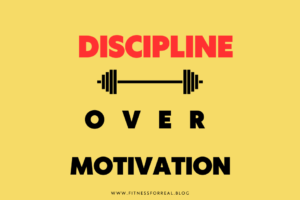Foam rolling, a form of self-myofascial release, is a game-changer for runners. This simple yet effective tool can significantly enhance your running experience. But why is foam rolling a runner’s best friend? Here are some of the benefits and the science behind why all runners should be foam rolling regularly.
Benefits of Foam Rolling for Runners
Foam rolling offers a myriad of advantages, particularly for those who hit the pavement regularly. Here’s why you should incorporate it into your fitness regimen:
- Enhanced Flexibility and Range of Motion: Regular foam rolling can improve your flexibility, making your runs smoother and more efficient.
- Reduced Risk of Injury: By alleviating muscle tightness and imbalances, foam rolling helps in preventing common running injuries.
- Improved Blood Circulation: This technique boosts blood flow, aiding in muscle recovery and health.
- Stress Reduction: Foam rolling also serves as a stress-reliever, calming the nervous system and promoting relaxation.
Foam Rolling Techniques for Optimal Results
To enjoy the benefits, it’s vital to practice foam rolling correctly. Remember foam rolling is for soft tissue – your muscles and fascia, which is the connective tissue that wraps around muscles and connects it to bones. Stay on your soft tissue and try to avoid putting direct pressure on joints such as the knee.
Another key point for technique is to adjust the amount of pressure by how you leverage your body weight into the roller. For each muscle group, there are typically a couple different positions you can use to either lessen or deepen the pressure experience. We call them Level 1, Level 2, Level 3, etc.
Key Muscle Groups to Foam Roll for Runners
- Calves and Shins: Essential for runners, rolling these areas prevents shin splints and calf tightness.
- IT Band and Quads: Targeting the IT band (outer thigh) and quads (front of thighs) reduces the strain on your knees and hips, common pain points for runners.
- Inner Thighs: Helpful to roll because it helps with proper hip and knee alignment over time.
- Hamstrings and Gluts: Most people do not get tight hams and gluts from running but some people do. If you personally experience tightness in your hamstrings from running, add a round of foam rolling for your hamstrings and gluts to your regular routine!
Incorporating Foam Rolling into Your Routine
Make foam rolling a habit. Dedicate a few minutes before and after your runs for this practice. Start with gentle pressure and gradually increase as your muscles adapt. Another time that is great to foam roll is in the evening while you are winding down for bed. It can help your muscles get extra blood flow before you go to sleep, which will help with recovery. It also can be a great calming experience for your nervous system, which can help you sleep better too!
Enhance Your Running Experience and Decrease Injury Potential
Foam rolling is more than just a trend; it’s a vital component of a runner’s toolkit. Embrace this practice to enhance your performance, prevent injuries, and enjoy a more fulfilling running journey. As a certified expert, I encourage you to integrate foam rolling into your routine and experience the transformation in your running and overall well-being. Remember, a little roll can go a long way in your fitness journey!
Recommended Reading
Why Athletes Need Yoga: Enhance Performance and Prevent Injuries
Affiliate Disclaimer
This post contains some affiliate links, which means that I make a small commission off items you purchase at no additional cost to you. I only recommend products I know and use personally!








